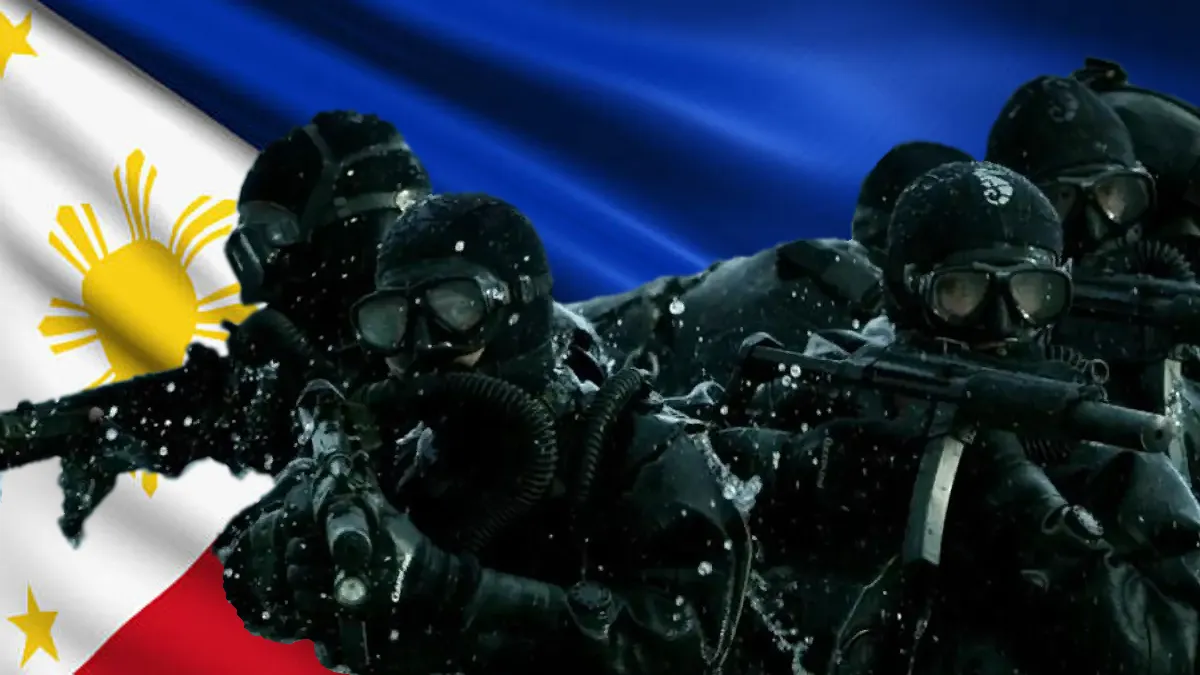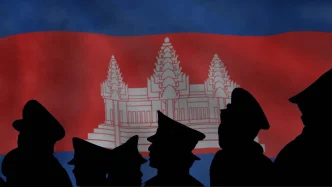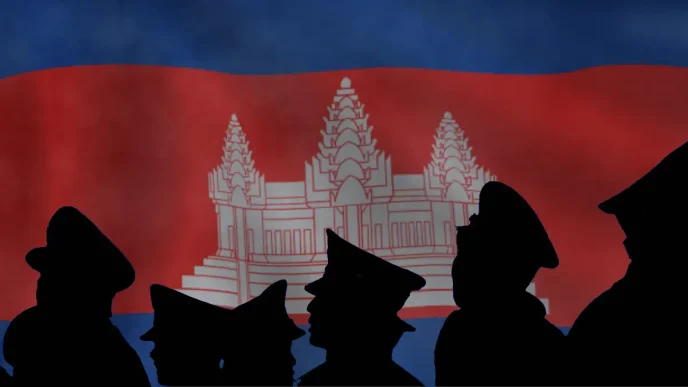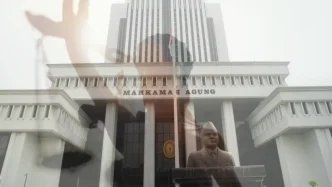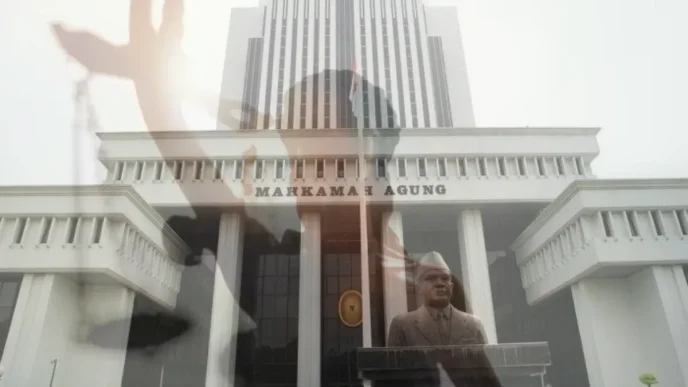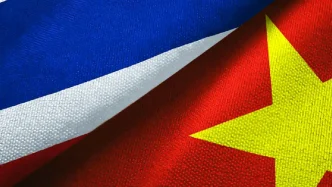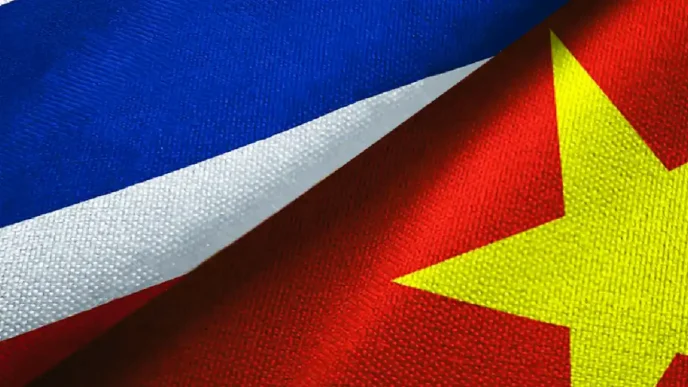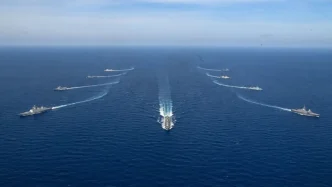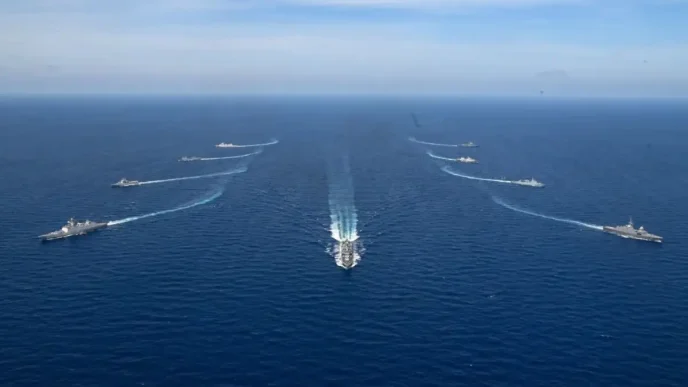Philippine President Ferdinand Marcos Jr arrived in New Delhi on August 5, 2025, marking the start of a five-day state visit aimed at deepening diplomatic and economic ties with India. Invited by Indian Prime Minister Narendra Modi, Marcos’s visit, scheduled from August 4 to 8, includes a series of high-level meetings and the anticipated signing of at least six bilateral agreements, signaling a significant step forward in Philippines-India relations.
A Warm Welcome in New Delhi
Touching down at 2:20 p.m. Indian Standard Time on Monday, 4 August 2025, Marcos was received with ceremonial honors at Rashtrapati Bhavan, India’s presidential palace. Photographs from the event captured a poised Marcos engaging in conversation with Modi, setting the tone for a visit focused on collaboration. While official engagements are set to commence on Tuesday, August 6, the Philippine president is expected to meet with members of the Filipino community in New Delhi prior to his formal schedule, reinforcing the cultural bonds that underpin this diplomatic outreach.
The visit comes at a pivotal moment for both nations, as they seek to bolster ties amid shifting geopolitical dynamics in the Indo-Pacific region. India, with its growing global influence, and the Philippines, a key player in Southeast Asia, share mutual interests in trade, security, and regional stability. Marcos’s itinerary reflects these priorities, with a bilateral meeting with Modi, a courtesy call on Indian President Droupadi Murmu, and discussions with other senior officials planned over the coming days.
Agreements on the Horizon
One of the highlights of the visit is the expected signing of at least six agreements between the two countries. While specific details of the accords remain under wraps, officials from the Philippine Office of Asian and Pacific Affairs have hinted at a focus on economic cooperation, defense, and cultural exchange. Assistant Secretary Evangeline Ong Jimenez-Ducrocq emphasized the potential for these agreements to pave the way for enhanced collaboration, though exact terms will only be confirmed during the formal announcements.
The agreements are anticipated to cover a range of sectors, potentially including trade facilitation, maritime security, and technology partnerships. For the Philippines, strengthening economic ties with India—a rapidly growing market with a population of over 1.4 billion—could provide a significant boost to its export industries and attract much-needed foreign investment. Similarly, India stands to gain from closer engagement with the Philippines, particularly in areas like information technology and pharmaceuticals, where Filipino expertise and markets hold promise.
Business and Innovation in Bangalore
Beyond the capital, Marcos’s schedule includes a notable detour to Bangalore, often dubbed the Silicon Valley of India, on August 7 and 8. Several prominent Indian CEOs have requested meetings with the Philippine president, underscoring the private sector’s interest in forging partnerships. Bangalore, a global hub for technology and innovation, offers a fitting backdrop for discussions on digital transformation and business collaboration.
These engagements could open doors for Philippine tech firms and startups to tap into India’s vast IT ecosystem, while Indian companies may explore opportunities in the Philippines’ burgeoning business process outsourcing (BPO) sector. The meetings also reflect a broader trend of Southeast Asian nations looking to India as a counterbalance to other regional powers, with economic ties serving as a foundation for stronger political alignment.
Strategic Context: A Shared Vision for the Indo-Pacific
The timing of Marcos’s visit is significant, as both the Philippines and India navigate complex challenges in the Indo-Pacific region. The Philippines has been assertive in defending its maritime rights in the South China Sea, where tensions with China have escalated in recent years. India, meanwhile, is a key member of the Quad—a strategic dialogue with the United States, Japan, and Australia—aimed at ensuring a free and open Indo-Pacific. While neither leader has publicly framed the visit as a response to regional rivalries, the subtext of shared security concerns is hard to ignore.
Analysts suggest that defense cooperation could emerge as a key theme during the bilateral talks. The Philippines and India have previously collaborated on military training and capacity-building initiatives, and there is potential for deeper engagement, such as joint exercises or technology transfers. Such steps would align with Marcos’s broader foreign policy of diversifying partnerships beyond traditional allies like the United States, while also complementing India’s Act East policy, which seeks to strengthen ties with Southeast Asian nations.
Historical Ties and Cultural Connections
Philippines-India relations are rooted in centuries of cultural and historical exchange, from ancient trade routes to shared democratic values in the modern era. The Filipino community in India, though relatively small, serves as a living bridge between the two nations, and Marcos’s planned interaction with them in New Delhi underscores the importance of people-to-people ties. These engagements are not merely symbolic; they highlight the role of diaspora communities in fostering mutual understanding and goodwill.
Moreover, both countries have a shared history of navigating post-colonial challenges, making their partnership a compelling narrative of South-South cooperation. As Marcos and Modi discuss the future, they do so with an awareness of the past—a foundation that could help sustain momentum in their bilateral relationship even as global uncertainties loom.
Economic Potential Amid Global Challenges
The economic dimension of the visit cannot be overstated. The Philippines, with a GDP growth rate of around 5.6% in 2024 according to recent estimates from regional reports, is eager to attract investment in infrastructure, agriculture, and renewable energy. India, with its ambitious economic targets under Modi’s leadership, offers expertise and capital that could support these goals. Conversely, the Philippines presents opportunities for Indian firms in sectors like tourism and manufacturing, where labor costs remain competitive.
Yet, both nations face headwinds from global economic volatility, including inflationary pressures and supply chain disruptions. Any agreements signed during this visit will need to address these challenges, ensuring that mutual benefits are not derailed by external factors. For instance, trade pacts could include provisions for tariff reductions or streamlined customs processes, making it easier for goods and services to flow between the two countries.
Additionally, there is scope for collaboration on climate resilience, a pressing issue for both nations. The Philippines is among the most vulnerable countries to climate change, with frequent typhoons and rising sea levels threatening livelihoods. India, too, grapples with extreme weather events and environmental degradation. Joint initiatives on green technology or disaster preparedness could emerge as a priority, reflecting a shared commitment to sustainable development.
Looking Ahead: A Partnership with Promise
As Marcos’s state visit unfolds, the outcomes of his discussions with Modi and other Indian leaders will be closely watched by observers in Southeast Asia and beyond. The signing of bilateral agreements, if finalized, could mark a turning point in Philippines-India relations, setting the stage for more robust cooperation in the years ahead. At the same time, the personal rapport between the two leaders—evident in their interactions at Rashtrapati Bhavan—may prove just as important in sustaining this momentum.
For the Philippines, the visit is an opportunity to assert its role as a proactive player in regional diplomacy, balancing its historical alliances with new partnerships. For India, it reinforces the country’s commitment to engaging with ASEAN nations, a bloc that holds strategic and economic importance in an increasingly multipolar world. As the week progresses, the question remains: can this visit translate symbolic gestures into tangible results for both nations?
With high-level talks set to continue, the answers may soon emerge, shaping the trajectory of a partnership that holds significant promise for the Indo-Pacific region.


